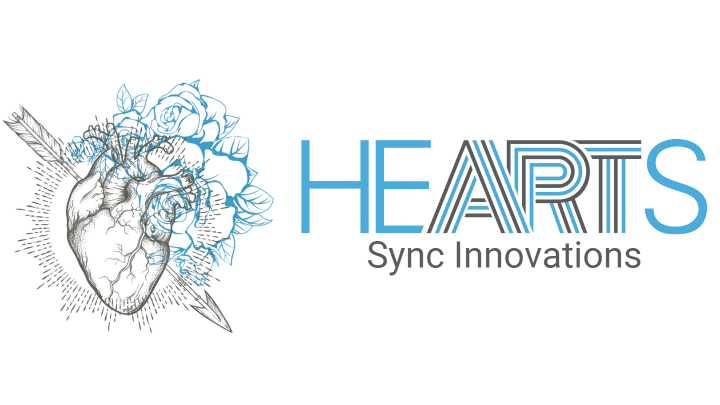The myth persists: "If I feel fit, I am healthy." Yet high blood pressure often only makes itself known when it is too late. Surprisingly, in a large screening initiative, nearly one-third of young adults were found to have elevated blood pressure – many of them unaware of it [1]. The invisible holds back performance, energy, and longevity. Those seeking high performance start with the basics that are not felt, but measured.
Blood pressure is the force with which the heart pumps blood through the vessels. High levels mean vessels and organs are under constant stress. Hypertensionconsistently elevated blood pressure above recommended thresholds develops quietly and causes harm silently. Particularly insidious is masked hypertensionnormal values at the doctor’s office, but elevated values in daily life, which is only noticeable through repeated measurements. Men are more frequently affected because they start preventive care later, underestimate stress levels, and ignore warning signs. Consistency is crucial: single measurements are snapshots; patterns reveal the risk.
Elevated blood pressure is a central driver of heart attack and stroke – responsible for over ten million deaths worldwide each year [1]. Particularly alarming: cardiovascular events occur on average a decade earlier in some regions for men than in the West, costing years of performance [1]. In a large population initiative, hypertension levels were measured in 30 percent; remarkably, many of those affected were unaware of their condition, and four out of ten treated individuals were inadequately managed [1]. The message is clear: ignorance accelerates vascular aging, robs energy, and increases the risk for the heart, brain, and kidneys – long before symptoms appear.
Opportunistic screening – low-threshold blood pressure measurements in everyday life – discovered thousands of previously unrecognized cases within a nationwide program in just one month. In this cross-sectional study with measurement stations in mosques, clubs, shopping centers, and airports, it was found that approximately 16 percent of untreated participants had newly discovered hypertension, and 40 percent of those already treated were inadequately controlled [1]. The design was simple, but the implication was enormous: when measurements are brought to where people are, the detection rate increases – especially for men, who rarely seek preventive care. The relevance for high performers: early-detected hypertension is treatable; blood pressure control improves vascular function, cognitive performance, and significantly reduces long-term risk. At the same time, the study illustrates that single visits are not enough. Without regular checks, silent risks remain undetected, therapies are not optimally adjusted, and valuable years of health are lost.
- Make measuring routine: Check your blood pressure at least once a month at home or in the pharmacy; record values in the morning and evening over three consecutive days to get a realistic picture [1].
- Take advantage of opportunities: Participate in measurement offers at work, in the gym, or at the pharmacy – low-threshold checks detect unrecognized hypertension early [1].
- Define your target corridor: Know your personal target range (e.g., <135/85 mmHg at home, if medically appropriate) and respond if you repeatedly exceed this; then schedule a doctor's appointment promptly [1].
- Ensure continuity: If you are under treatment, check monthly at home and medically every 3–6 months; the study showed that 40% of those treated were inadequately controlled – regular fine-tuning works [1].
- Manage triggers: Avoid measurements directly after caffeine, intense exertion, or stress peaks; sit quietly for five minutes, arm cuff at heart level, with two measurements taken one minute apart [1].
High performance begins with visibility: those who measure regularly discover silent risks before they cost performance and longevity. Start this week with three home measurement days, secure a doctor's appointment for concerning values, and embed blood pressure checks as a fixed part of your health routine.
This health article was created with AI support and is intended to help people access current scientific health knowledge. It contributes to the democratization of science – however, it does not replace professional medical advice and may present individual details in a simplified or slightly inaccurate manner due to AI-generated content. HEARTPORT and its affiliates assume no liability for the accuracy, completeness, or applicability of the information provided.












